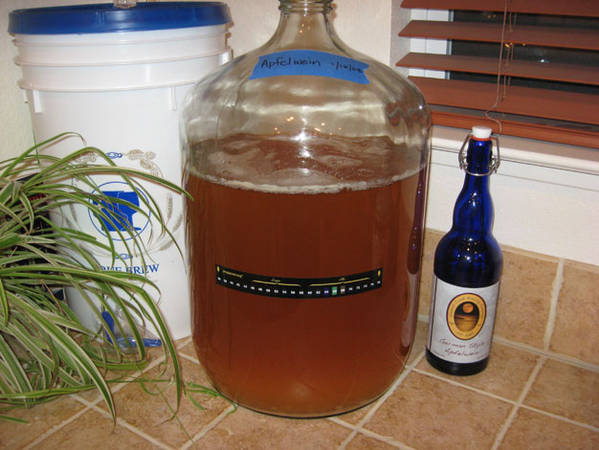Tankard
Well-Known Member
I'm looking at my primary fermenter and the beer level looks low for some reason.... I've reviewed my brewing procedure and even with some evaporation taken into account, I should be around 5 gallons but it looks like I've got quite a bit less.
Would I be able to add sanitized water to my secondary fermenter if I do not have enough ? Would this affect the flavor of the beer at this point (watered down?), or should I just keep things they way they are?

Would I be able to add sanitized water to my secondary fermenter if I do not have enough ? Would this affect the flavor of the beer at this point (watered down?), or should I just keep things they way they are?






